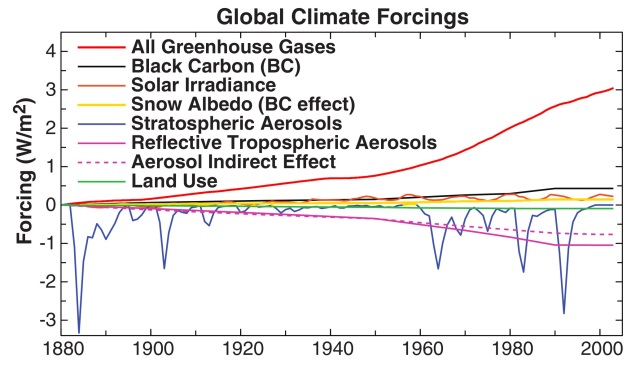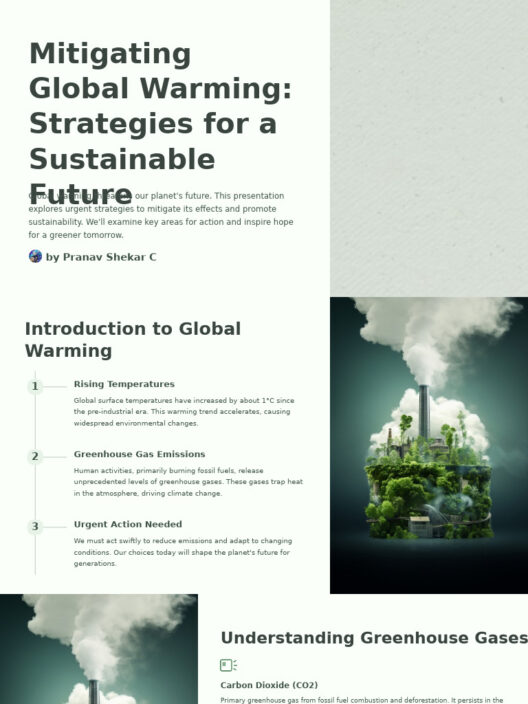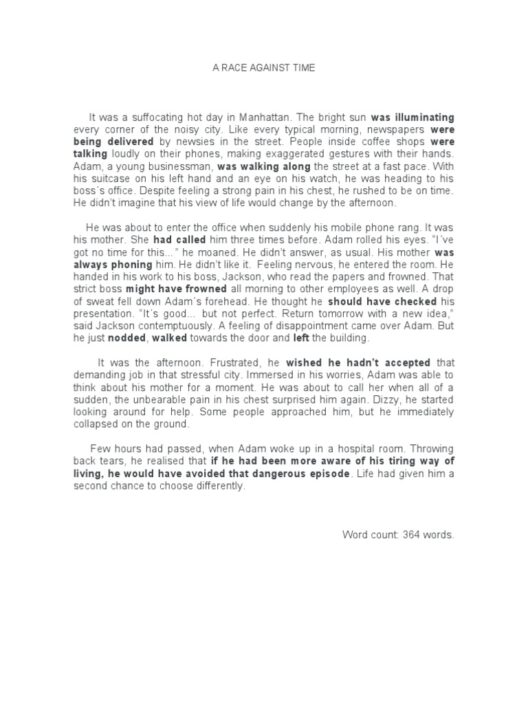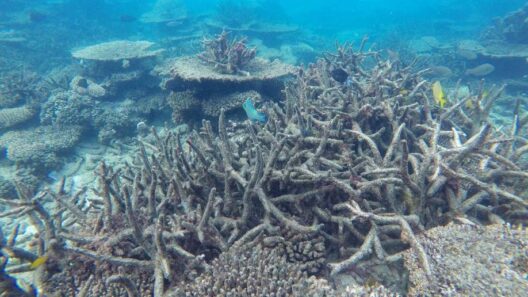The discourse surrounding global warming is often framed in a manner reminiscent of a theater production—there are protagonists, antagonists, and a plethora of theories that vie for attention. Scientists, who traditionally don the caps of empirical guardians, seldom present a unified front when it comes to various facets of climate science. This leads to a common misconception, where the cacophony of voices is misinterpreted as a backdrop of dissent rather than an orchestra of careful inquiry. To distill the essence of this discourse, we must explore whether scientists genuinely favor multiple theories or have converged upon a singular reality concerning the phenomenon of global warming.
At the heart of this multifaceted conversation lies the essential truth: the climate is changing, and humans are a significant contributor to this change. However, the scientific community is not a monolithic entity. It operates more akin to a vast library, housing an extensive collection of books—each book representing a different aspect of climate science and each author contributing distinct perspectives based on individual endeavors and research findings.
Presently, the prevailing consensus among climate scientists is that anthropogenic activities, such as greenhouse gas emissions, are a major driver of contemporary climate change. This consensus is not a statement forged in haste, but rather one that has been meticulously crafted over decades. It encompasses the cumulative work of innumerable studies and reports that converge on the understanding that human actions, powered by industrialization and fossil fuel consumption, have precipitated a significant rise in global average temperatures.
Nonetheless, within this broadly accepted framework, we encounter a tableau of theories and models. Scientists utilize diverse methodologies to investigate climate dynamics, yielding a plethora of interpretations and predictions. This plurality is fundamentally beneficial; it fosters a robust scientific dialogue that allows for the exploration of various scenarios and the testing of different hypotheses. For instance, while the overarching verdict centers on human involvement, debates persist regarding the rate of warming, the projected impacts, and the efficacy of proposed remediation strategies.
Furthermore, one must appreciate the inherently complex nature of Earth’s climate system—akin to a finely tuned instrument, where each string and key contributes to the overall harmony. Even slight alterations can lead to symphonic changes in weather patterns, sea levels, and biodiversity. This complexity necessitates an array of models and theories to adequately capture the nuances of climate interactions. For example, scientists explore feedback mechanisms—like the melting of polar ice, which reduces the Earth’s reflectivity and exacerbates warming—capturing this phenomenon requires both theoretical and observational frameworks.
The metaphor of a ‘climate choir’ emerges, wherein different scientists contribute unique notes to the overarching melody. There are those who focus on atmospheric chemistry, examining how elixirs of human creation, such as CO2, interact with the sun’s rays. Others delve into oceanography, studying the undercurrents of temperature change beneath the ocean’s surface. Each perspective adds depth and richness to the understanding of global warming, yet all are anchored in a shared recognition of its existence and urgency.
Amidst this diverse symphony, skepticism does linger. A small cohort of scientists discerns alternative theories that question the magnitude of human impacts. They occasionally propose that natural variability could be a principal agent in the ongoing changes we observe. Such dissent, while not reflective of the majority opinion, does highlight the importance of scientific debate. The very nature of science is rooted in skepticism; it thrives on questioning assumptions and rigorously testing the validity of theories. This critical lens is indispensable—it ensures that findings are scrutinized and that conclusions are drawn from a foundation of robust evidence.
Yet, it is crucial to emphasize that skepticism does not equate to a refutation of the reality of climate change. Rather, it functions as a catalyst for more profound understanding. The scientific method operates through a cycle of hypothesis, experimentation, and revision. This process engenders a continuous evolution of knowledge, allowing scientists to refine their predictions and adapt to new data, much like an artist revising their masterpiece.
Moreover, the implications of accepting that global warming is a definitive reality extend beyond the academic sphere into socio-political realms. Policymakers grapple with the urgency of climate intervention strategies. They look to scientists not only for predictions but also for actionable solutions. Consequently, while the scientific community may entertain an expanse of theories, the clarity of shared responsibility in addressing climate issues serves as a catalyst for unity in action. The myriad of scientific insights collectively reinforces the urgency for transformative policies aimed at climate mitigation and adaptation.
In conclusion, while there exists a fundamental agreement among scientists regarding the reality of human-induced global warming, the journey of understanding it is punctuated by diverse hypotheses, models, and continued inquiry. Like an intricate ecosystem, the scientific landscape thrives on diversity, fostering an environment where theories can coexist, challenge, and ultimately enrich our comprehension. As climate change continues to loom as an existential threat, recognizing this dynamic tapestry of scientific exploration becomes paramount. It not only unravels the complexities of Earth’s climate system but also illuminates the shared purpose of humanity in combating this pressing crisis—for the future of our planet richly depends on it.







